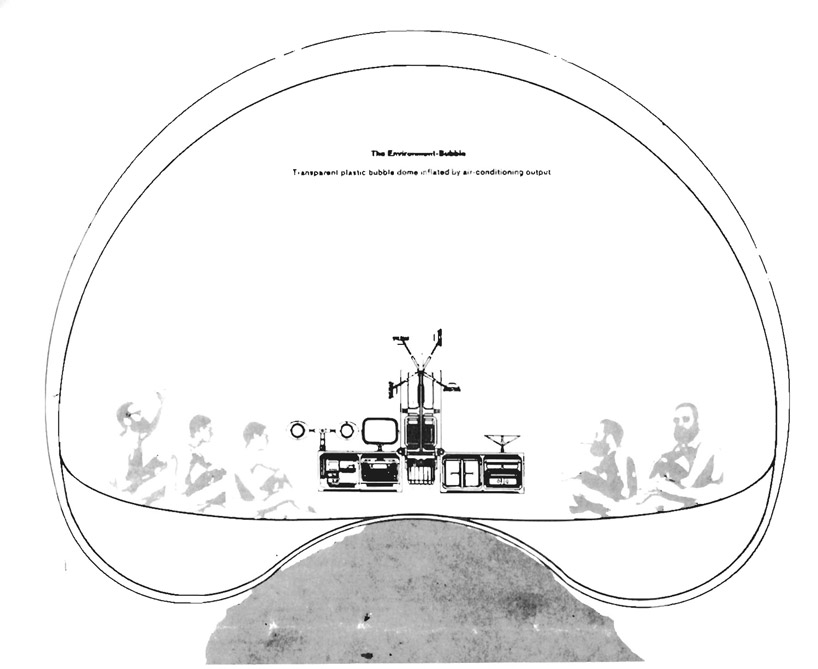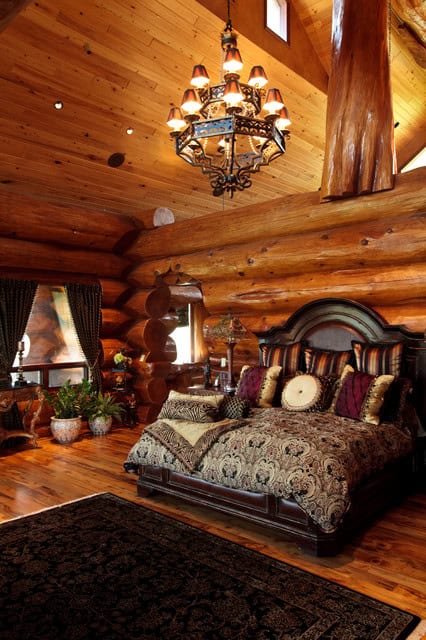Table of Content
However, the all-perils coverage only applies to damages to your home. Homeowners policies cover losses caused by certain types of perils, such as fire, theft, or windstorms. While some policy forms cover perils named in the terms of the policy, HO-3 policies cover all perils except those specifically excluded. Typical HO-3 exclusions include losses caused by earthquakes or floods. Rebecca McClay is a financial content editor and writer specializing in personal finance and investing topics.

Homeowners insurance policies aim to protect you, the homeowner, from financial impact if your home is damaged or destroyed. This single policy actually offers a variety of different coverages, depending on the type of loss or damage your home experiences. Did you know that most homeowner associations require new residents to obtain some level of additional insurance outside of their community insurance policies? Likewise, if you live in a condo association, certain things may already be covered such as your unit’s exterior walls and the utilities inside them.
What a Homeowner's Policy Provides
On the other hand, not all types of damage are covered by your policy. Home insurance exclusions include flooding, earthquake, sewer backup, and maintenance damage, which you likely won’t be able to file a claim for. Here’s a closer look at what these recommended home insurance coverage categories entail and how to determine the level you need. Dwelling coverage should be at least 80% of the property’s replacement cost, though 100% is best.

In addition to providing additional dollar amount coverage, umbrella or excess liability often offers broader coverage than standard policies. So, if you're concerned about flooding due, you will want to purchase separate flood insurance. Keep in mind that most standard homeowners insurance policies do not cover hurricane damage. So, if you live in Florida, be sure to purchase a policy that specifically covers hurricane damage. As more people rely on technology and internet-enabled devices in their daily lives, the risk of a cyber attack goes up.
How to calculate your home replacement cost
“Some companies have credits for complete upgrades to plumbing, electric, heat, and roof,” says Van Jura. Obviously this is easier said than done, but homeowners who own their residences outright will most likely see their premiums drop. The insurance company figures if a place is 100% yours, you'll take better care of it. If you’re buying a new home, purchase a home insurance policy before closing.
It is the only reason you need to understand what type of insurance policy you are getting in Canada. Traditionally, homeowners insurance does not cover flood insurance or earthquake insurance. To get a rough estimate, multiply the home’s square footage by the local building cost per square foot, which you can find out from contacting an insurance agent or builders association.
What are the 4 types of insurance everyone should have?
And they should ask about other homeowners insurance discounts for things like upgraded plumbing or alarm systems. Liability coverage protects against claims made by people who are injured on the homeowner's property. It covers things such as dog bites, slip-and-falls, or a homeowner's tree falling on a visitor's car. And since we’re talking about homeowners insurance extras, you might have also heard about title insurance. This protects you if there’s ever a dispute over ownership and it’s definitely worth the extra cost. Third, once you have your own estimate, ask a professional to give you theirs.
A number of insurers are outsourcing core functions, including the handling of claims. Actual cash value covers the cost of the house plus the value of your belongings after deducting depreciation (i.e., how much the items are currently worth, not how much you paid for them). Off-premises liability coverage often doesn't apply for those with renter's insurance. If you own a lot of high-priced possessions , you might want to pay extra to put them on an itemized schedule, purchase a rider to cover them, or even buy a separate policy. Personal property coverage applies to everything in your home besides the house itself—appliances, clothes, furniture, electronics, sports equipment, toys, and even the food in your fridge. The coverage kicks in if your belongings are destroyed, stolen, or vandalized.
Which is better term insurance or whole life?
I think I got too excited about planning for our new deck and forgot about insurance coverage. Remember, too, that you may need to purchase a separate insurance policy for things that are not covered in your plan. For instance, floods and earthquakes are typically not covered in basic insurance plans, so if you want it, you’ll have to buy this insurance separately. If you have a mortgage on your home, your lender will probably require your coverage to equal 100% of the replacement cost of the home. And even if your home is paid off—or no requirement is in place—it’s still a good idea to buy enough coverage to cover the complete replacement cost.

For those properties that don’t qualify for a homeowners policy, a dwelling policy can be purchased separately to provide limited coverage. Dwelling policies do not always meet the bank requirements for a mortgage. For a standard homeowners policy, you can expect to pay around $35 per $100,000 value of your home, depending on where you live. And if you’re carrying a mortgage on the property, your bank can dictate what kind of coverage is required while you pay off the loan. Your personal property would typically include everything in your home other than the house itself. This would include, but wouldn't be limited to your furniture, appliances, electronics, clothing, toys, and food.
Without liability insurance, your personal assets will be at risk to pay any judgments or settlements for your legal liability. Most homeowners policies contain at least $100,000 in liability coverage, but you may want to consider increasing that amount depending on your assets. You may want to consult with your financial advisor before selecting liability limits. You'll typically want enough insurance to cover rebuilding your home and any attached structures such as garage, deck, or front porch if they're damaged or destroyed in a covered event.

However, ALE coverage limits vary from company to company, with some policies providing unlimited coverage for a limited amount of time. In contrast, others may only set limits on the amount of coverage. The price you paid for your home—or the current market price—may be more or less than the cost to rebuild. And if the limit of your insurance policy is based on your mortgage , it may not adequately cover the cost of rebuilding. Typically, standard home insurance policies cover water damage caused by accidental and sudden events. For instance, a homeowners policy will likely cover damages caused by an overflowing bathtub or a burst pipe.
While it doesn’t expand your existing homeowner’s policy limits, per se, it does step in to cover losses that exceed those policies’ limits. Excess liability policies provide coverage when your underlying policy reaches the limit it can pay. This is an endorsement you can add to your homeowners insurance policy that gradually and continually increases your coverage limits by a certain percentage over a certain period of time. Generally, the rate of the limit increase is meant to match the rate of inflation – about 2%-5% annually. This may be more than the market value or what you could sell the property for. The table below includes the types of coverage that most home insurance policies provide, and the average policy limit for each based on $300,000 in dwelling coverage.

If you’ve done major remodelling or upgrades, you may be under-insured within the dwelling portion of your policy, Bodrozic added. For example, if you invested $50,000 in a kitchen remodel, you should let your insurer know so the coverage amount can be increased. It’s important to be sure you have as much home insurance coverage as reasonably possible. Below is a closer look at the major types of home insurance and recommended coverage amounts. Casey Bond is a seasoned writer and editor who has covered personal finance for more than a decade.
For example, the installation of a fire hydrant within 100 feet of the home, or the erection of a fire substation within close proximity to the property, may lower premiums. The longer you stay with some insurers, the lower your premium can become, or the lower your deductible will be. Eric is a duly licensed Independent Insurance Broker licensed in Life, Health, Property, and Casualty insurance. He has worked more than 13 years in both public and private accounting jobs and more than four years licensed as an insurance producer. His background in tax accounting has served as a solid base supporting his current book of business. You may be liable if a tree on your property falls and hurts someone or damages a car or neighbor’s home.

As time passes, there may be times when your standard homeowners insurance coverage isn’t enough. Here are a few ways to build in some protection for life and economical changes. Policyholders answering the question, "How much home insurance do I need?" must do more than just make sure insurance covers likely hazards. Homeowners should generally choose replacement cost insurance coverage. This provides enough money to rebuild the home as it stands in the event of a total loss.
















